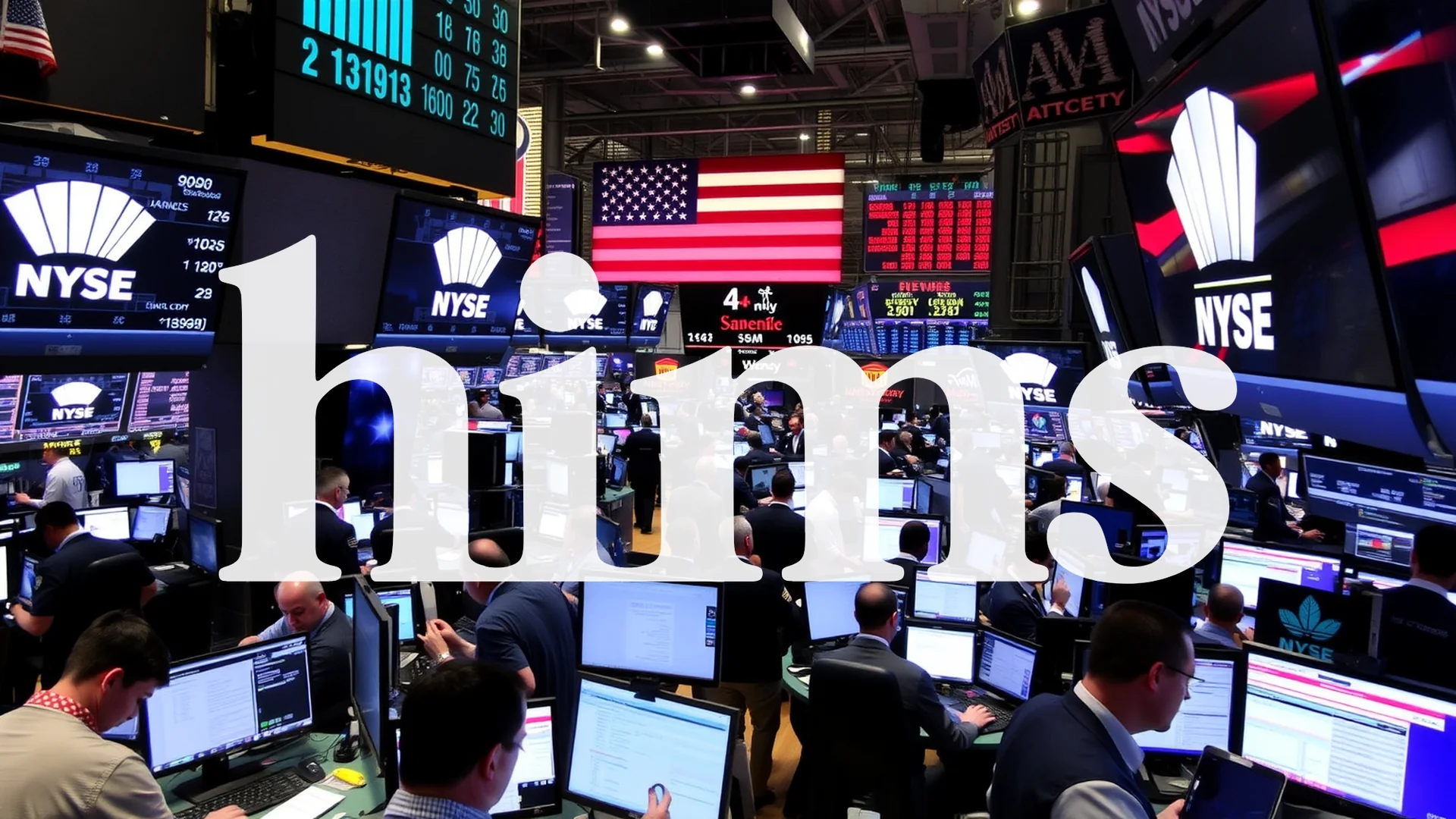The semiconductor equipment giant Applied Materials finds itself at the heart of an escalating geopolitical struggle. As U.S. lawmakers prepare additional restrictions on technology transfers to China, the company strives to maintain its growth trajectory in the artificial intelligence era. Can Applied Materials preserve its leadership position despite regulatory challenges and recent earnings disappointments?
Record Annual Revenue Masks Quarterly Weakness
Applied Materials reported record full-year revenue for fiscal 2025, reaching $28.37 billion—a 4% increase over the previous year. However, this headline figure conceals emerging weaknesses. Fourth-quarter sales declined by 3%, while annual profits contracted by 2%.
The company did surpass analyst expectations for adjusted earnings per share, which came in at $2.17. This provided some consolation following August’s disappointing guidance that triggered a 14% stock plunge. Current projections for the first quarter of 2026 suggest continued challenges, with both revenue and earnings per share expected to fall significantly below prior-year levels.
Intensifying Regulatory Pressures
Washington is preparing fresh legislation that would prohibit recipients of CHIPS Act funding from sourcing specific semiconductor equipment from China. This represents the latest escalation in the technology conflict between the U.S. and China, potentially reshaping global supply chains in semiconductor manufacturing equipment.
While Applied Materials has stated it doesn’t anticipate further restrictions and claims to have largely absorbed the impact of previous export controls, the new legislative initiative raises critical questions. Future revenue streams from China could face disruption, and strategic partnerships may be jeopardized by these evolving trade policies.
Should investors sell immediately? Or is it worth buying Applied Materials?
Valuation Concerns Amid Competitive Landscape
Despite delivering a respectable 40% total return in 2025, Applied Materials has significantly underperformed its key competitors. Lam Research surged 107%, KLA gained 83%, and ASML advanced 54% during the same period, highlighting a substantial performance gap.
The company’s forward P/E ratio of approximately 24 sits 27% above its three-year average, which some analysts view as a cautionary signal. With a P/E multiple of 27, Applied Materials trades at a premium to the S&P 500’s average of 22.7. Market opinions remain divided, with 19 analysts recommending purchase and 15 maintaining hold ratings. The average price target currently stands at $226.74.
AI-Driven Growth Opportunities
The artificial intelligence revolution continues to drive substantial demand for advanced semiconductors and wafer fabrication equipment. Applied Materials is focusing on three core growth pillars: leading-edge logic chips, next-generation DRAM memory, and advanced packaging technologies.
Company leadership anticipates sluggish growth during the first half of 2026 but expects momentum to accelerate in the second half. The critical question facing investors is whether Applied Materials can leverage the AI technology transition to sustain its growth narrative despite geopolitical headwinds and valuation concerns.
Ad
Applied Materials Stock: Buy or Sell?! New Applied Materials Analysis from November 24 delivers the answer:
The latest Applied Materials figures speak for themselves: Urgent action needed for Applied Materials investors. Is it worth buying or should you sell? Find out what to do now in the current free analysis from November 24.
Applied Materials: Buy or sell? Read more here...









